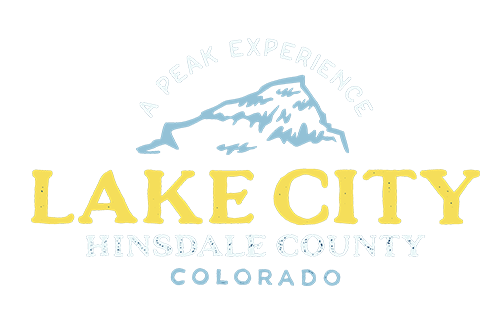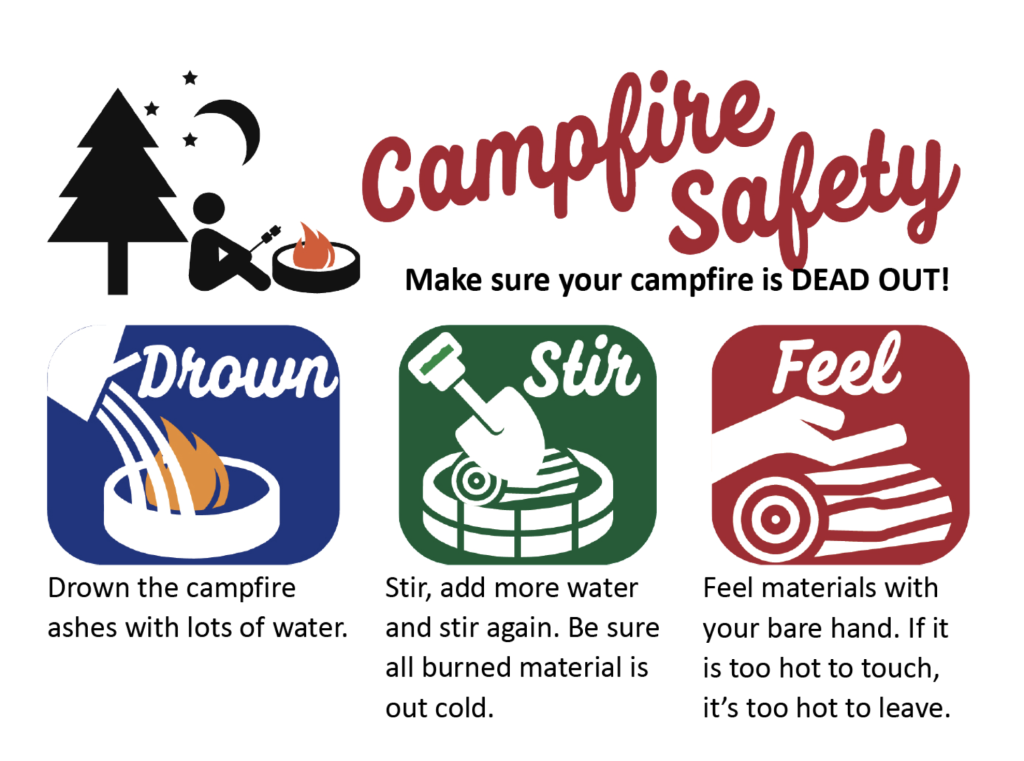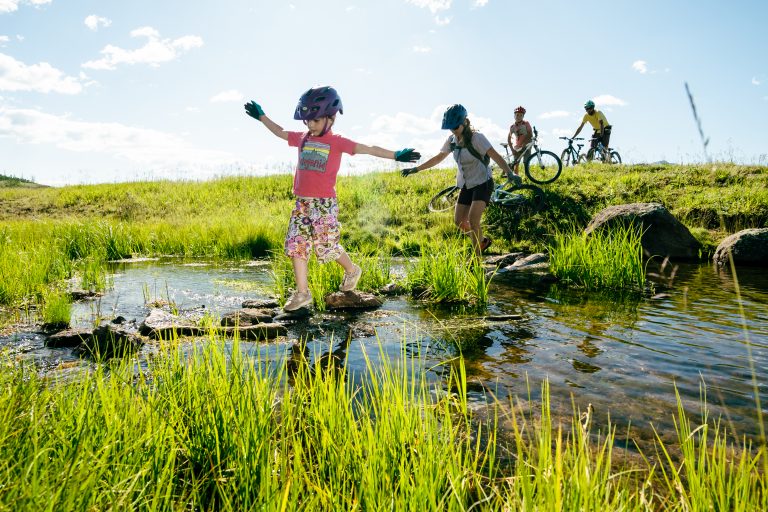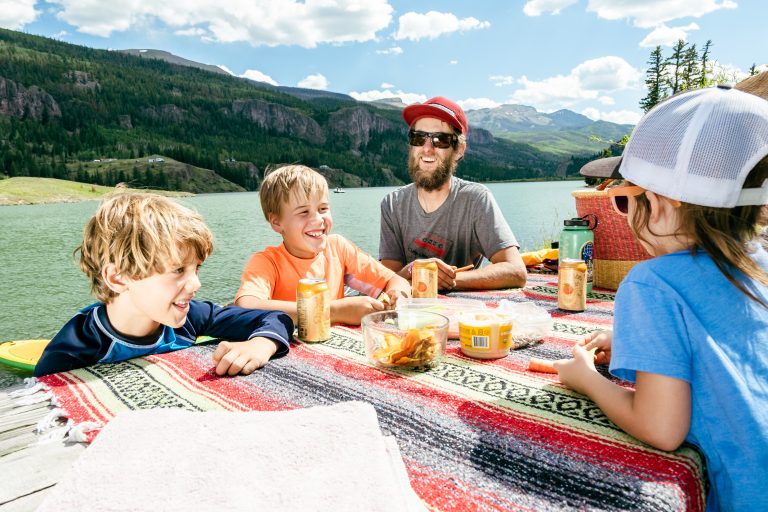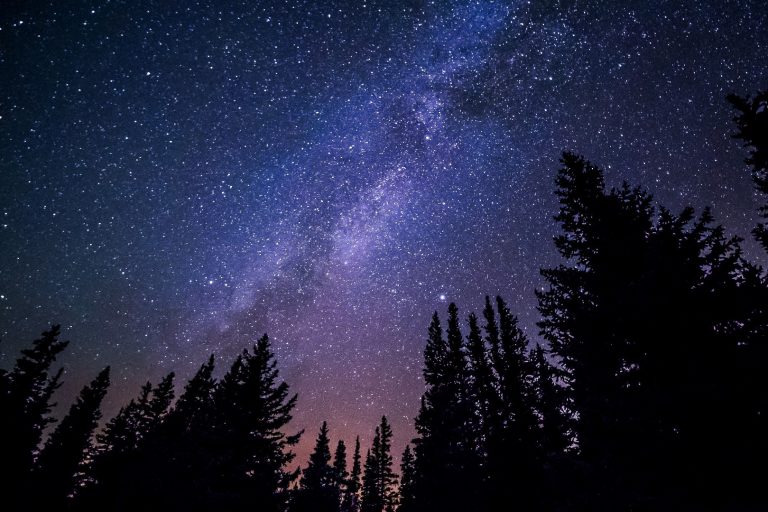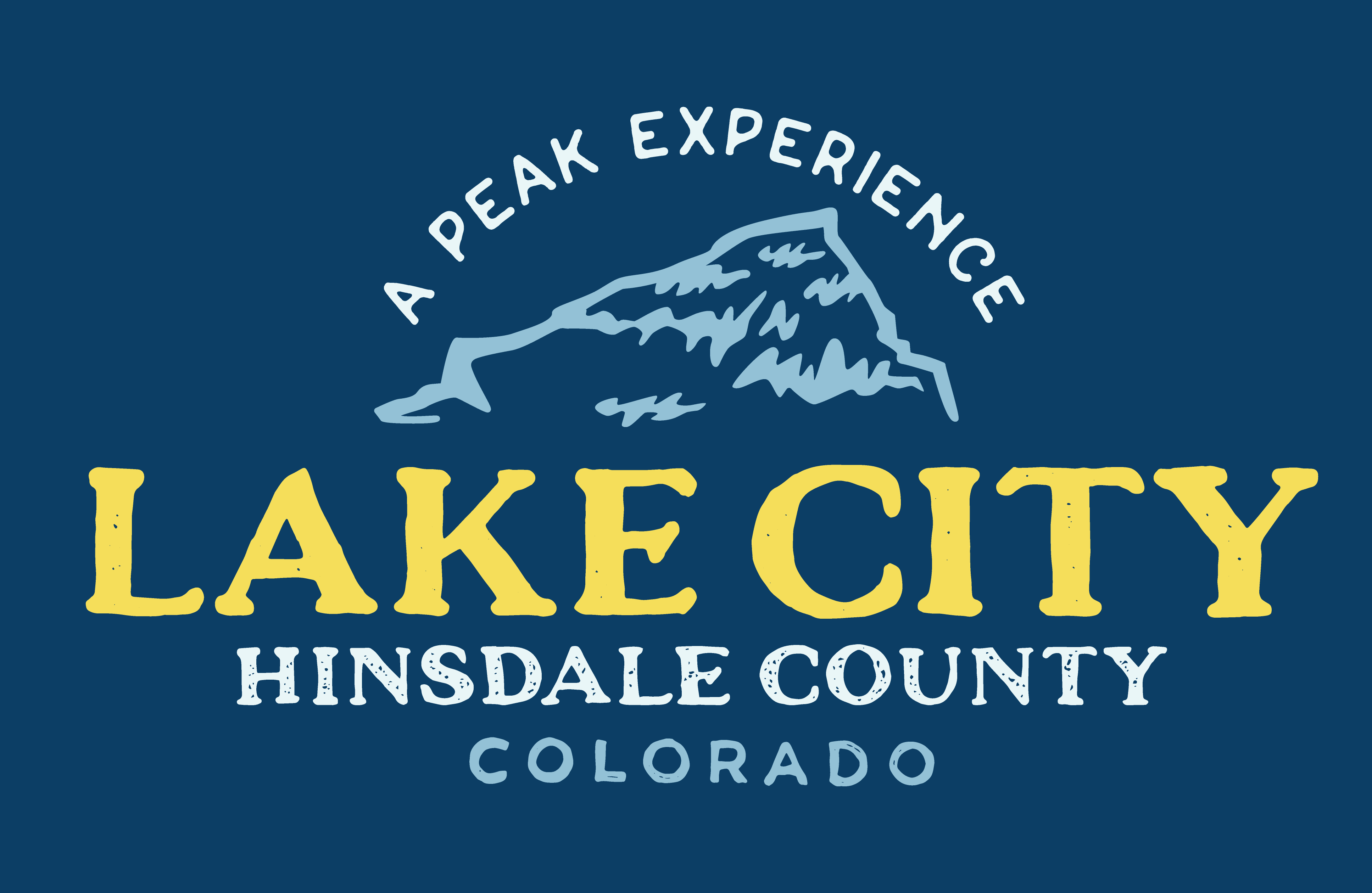Do Lake City Right
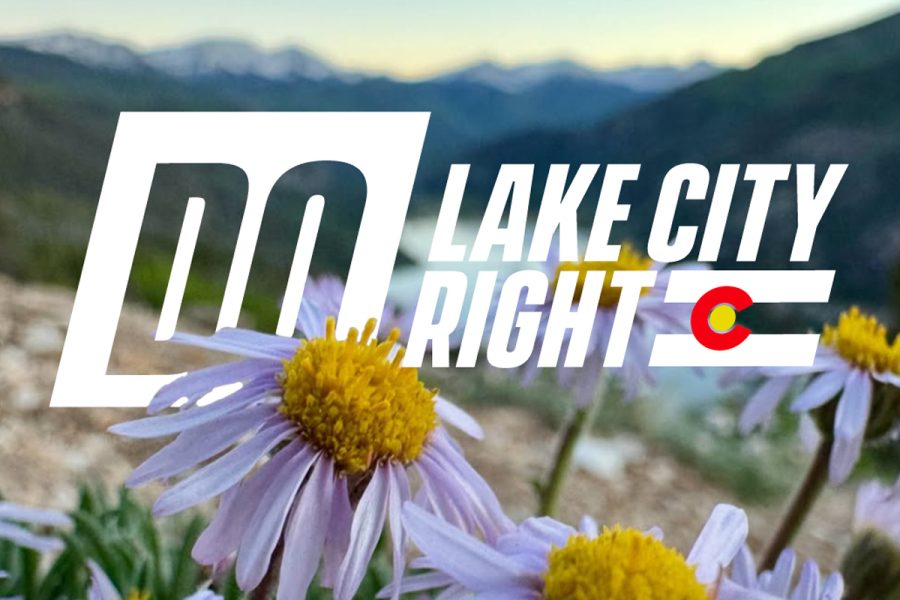
Do Lake City Right
One of the things that makes Hinsdale County so special is that it is made up of 96% public lands. Its stunning alpine beauty makes its a must-visit spot for outdoor enthusiasts and nature lovers. However, with increasing tourism and human activity on the Alpine Loop and throughout the San Juan Mountains, it’s imperative that we all tread lightly and treat this rugged, yet fragile environment with respect.
Learning how to “Do Lake City Right” means exploring responsibly and respecting the town’s natural beauty and community. By following local guidelines, staying on marked trails, and supporting local businesses, you help preserve Lake City for future visitors.
Love Lake City | Embrace our place and slow pace.
You found one of Colorado’s most beautiful hidden gems! Way to venture off the beaten path and explore the northern San Juan Mountains. This special place is a sanctuary for us human residents and home to diverse ecosystems and wildlife. We welcome you to slow down, wear a smile, and explore with respect. Lake City’s mountain lifestyle is pretty chill and a little kindness and patience go a long way if service is more relaxed than you’re used to, traffic moves slowly in town, or parking is tough to come by.
Helpful Links:
- The Chamber of Commerce maintains this Local Business List with hours and special announcements all in one place
 Be San Juan Savvy | Plan smart for all conditions.
Be San Juan Savvy | Plan smart for all conditions.
Heading out to explore in and around Lake City? Here’s a handy backcountry checklist that you might find useful for your outdoor adventures — pack essentials like rain gear, layers, water, map, sun protection, and tools for waste disposal (like wag bags, trowel) before heading out into the wild. Mountain weather can change in a flash, so it’s smart to be ready to stay dry and cozy. Since access to the internet and cell service can be spotty, using a georeferenced app like COTREX can be a game-changer. Remember to download your maps in advance and ensure your devices are charged up. It’s a good idea to go over maps and trip reports the night before your adventure to confirm your route, make sure your vehicle can handle the roads, and have a backup plan if trailheads are busy. And don’t forget to share your travel plans and return time with someone not in your group. Give them a heads-up once you’re back safe and sound at the trailhead.
Helpful Links:
- COTREX – A georeferenced mobile app for Colorado trails
- Check NOAA for the local weather forecast
- Review what to do during a lightning storm
 Tundra Lightly | Mind your moves in the fragile alpine.
Tundra Lightly | Mind your moves in the fragile alpine.
Alpine tundra in the San Juans – the treeless landscape above 11,000 feet – is fragile ground. With extreme cold temperatures, little precipitation, a 6-10 week growing season, and poor nutrients in the soil, it is a really hard place to thrive. In our neck of the woods, the tundra sees a lot of traffic with over 400,000 people each summer cruising the Alpine Loop. Fragile tundra will take hundreds or even a thousand years to rebuild after being damaged by footsteps or vehicles. So, tread lightly and respect the plants and critters of the tundra by sticking to established roads, parking areas, and trails. When you encounter puddles or snow, drive, bike, or hike through them, not around. Keep to existing trails and take only pictures so everyone can experience the beauty of our high alpine tundra.
Helpful Links:
- Learn more about our rugged, yet fragile Tundra Ecosystem
- Learn how to build your own backcountry poop kit here.
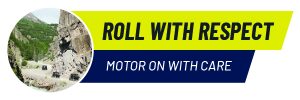 Roll with Respect | Motor on with care.
Roll with Respect | Motor on with care.
When you drive the Alpine Loop or other stunning routes throughout the Colorado Rockies, please roll with respect. Whether rockin’ the Razor or a Jeep, we ask that you be considerate of the fragile high alpine ecosystem, wildlife, and fellow wheeled and non-wheeled adventurers. Kindly, check conditions and wait for road openings, stick to established roads, keep speeds in check, pull over for faster vehicles, and yield to non-motorized users and uphill travelers. So everyone can enjoy exploring the alpine by vehicle or on their own power, we invite you to settle in, buckle up, soak in the views, and keep your tires on established routes while you motor through our high country.
Helpful Links:
- Rules and regulations for Lake City and Hinsdale County and tips for motorized travel in the backcountry
- Responsible OHV Use information from Stay the Trail
- More information on the Alpine Loop and Alpine Loop Brochure
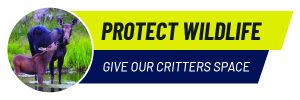 Protect Wildlife | Give our critters space.
Protect Wildlife | Give our critters space.
Wildlife love living in and around Lake City, and we love having them as neighbors. We just don’t invite them to dinner! Locking your vehicles, disposing of trash in bear-proof containers, and cleaning up food scraps will ensure that you don’t inadvertently feed wildlife which can be harmful for our favorite four-legged friends. When you are lucky enough to encounter wildlife in the backcountry, give them plenty of space and leash your pets. While you’re stoked to see them, most wildlife will be anxious when they spy you, so keep their stress levels lower by watching from a distance. If you do spot wildlife in the wild, keep these encounters on the down low and avoid the temptation to share your wildlife viewing secret spot on social media.
Helpful Links:
- Learns what to do when encountering different types of wildlife: Crossing paths with wildlife
- Living with Bears
 Camp Smart | Be mindful in the wild.
Camp Smart | Be mindful in the wild.
When adventuring in the mountains above Lake City and sleeping under the stars, camp with care by following these simple tips on choosing the best dispersed campsite. Check regulations before you leave home, and camp only in previously camped areas that are at least 100 feet from water. Plan to be entirely self-reliant as services and facilities such as trash cans and trash removal, tables, fire pits and toilets are not provided. Use only the areas that are previously impacted by camping, and pack out everything you brought in – that means all trash and human and dog waste. If you’re not keen on searching for a dispersed campsite, consider campgrounds with reservation systems like Mill Creek and Williams Creek. Before lighting a campfire, take time to check the COTREX app for the latest fire ban updates. Prioritize the proper disposal of cigarette butts and ensure campfires, when allowed, are kept small, manageable, and under constant supervision. When it’s time to extinguish the flames, embers should be thoroughly cold to the touch to prevent any chance of reignition. Consider sourcing firewood locally, not only for convenience but also to mitigate the risk of introducing invasive species such as the destructive pine beetle to our delicate ecosystems.
Helpful Links:
-
- Due to the increase of visitors to our backcountry, we strongly encourage you to bring a human waste bag, known as RESTOP or WAG bags so you can pack out your waste (and TP). Here’s a Leave No Trace video on how to build your own backcountry poop kit.
